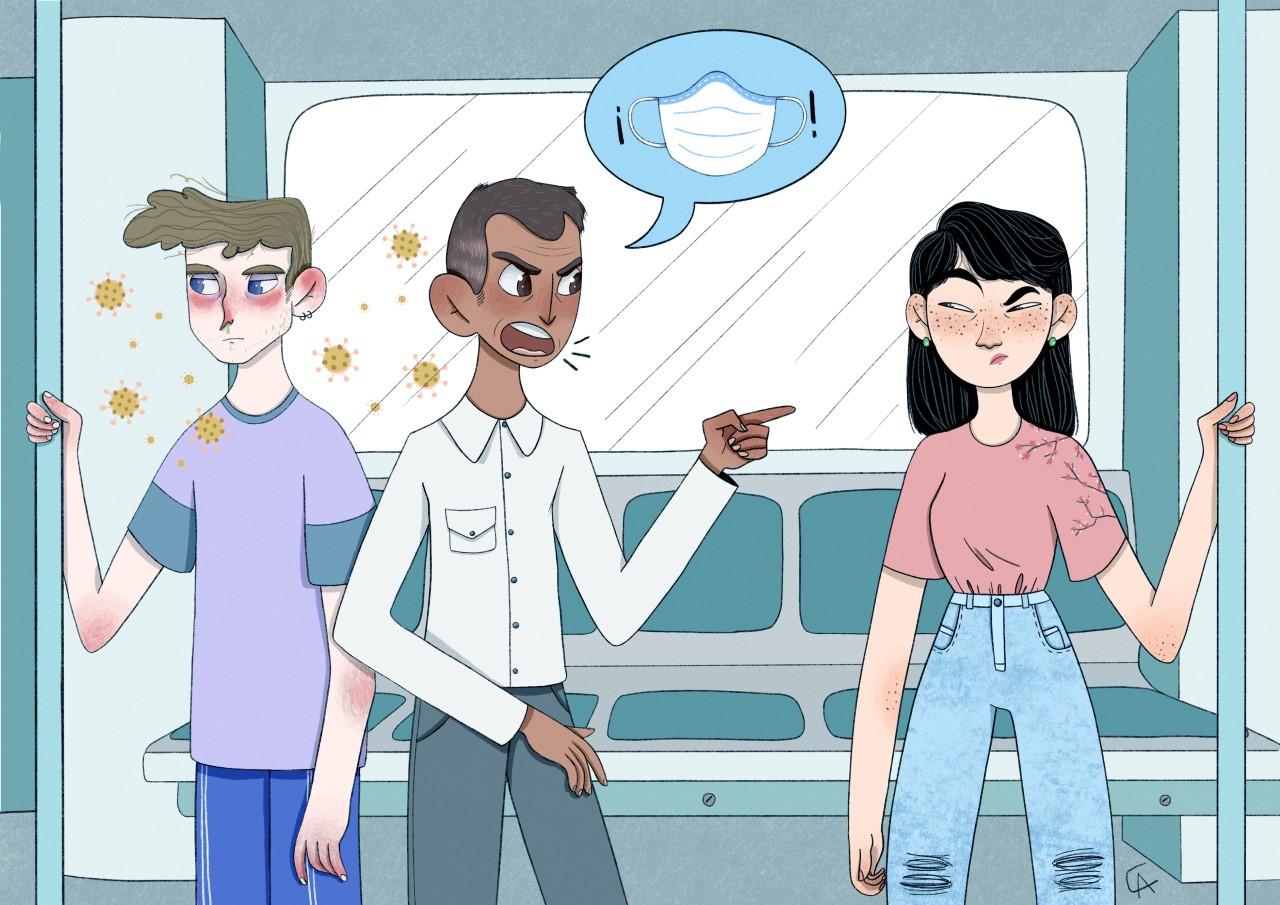
Image Credit @witchtropolis (UNICEF)
By SAT News Desk
MELBOURNE, 19 April: There have been instances of naming or blaming of this or that community relating to the COVID-19 pandemic in many countries. There is a lot of fake news and misinformation in the media and social media. The WHO says, “Since the emergence of COVID-19 we have seen instances of public stigmatization among specific populations, and the rise of harmful stereotypes. Stigmatization could potentially contribute to more severe health problems, ongoing transmission, and difficulties controlling infectious diseases during an epidemic.”
So how can one counter this rather tough situation? The World Health Organisation’s (WHO) ‘Coronavirus disease 2019 (COVID-19) Situation Report- 35′(released on 24 February 2020) details the possible stereotypes that can emerge and gives some examples and tips on possible actions to confront stigmatizing attitudes. Reproduced below is what the WHO said in the Situation Report-35:
SUBJECT IN FOCUS: Risk Communications to Address Stigma

Stigma occurs when people negatively associate an infectious disease, such as COVID-19, with a specific population.
In the case of COVID-19, there are an increasing number of reports of public stigmatization against people from
areas affected by the epidemic. Unfortunately, this means that people are being labelled, stereotyped, separated,
and/or experience loss of status and discrimination because of a potential negative affiliation with the disease.
Given that COVID-19 is a new disease, it is understandable that its emergence and spread cause confusion, anxiety
and fear among the general public. These factors can give rise to harmful stereotypes.
Stigma can:
• Drive people to hide the illness to avoid discrimination
• Prevent people from seeking health care immediately
• Discourage them from adopting healthy behaviours
Such barriers could potentially contribute to more severe health problems, ongoing transmission, and difficulties
controlling infectious diseases during an infectious disease outbreak. The International Federation of Red Cross and
Red Crescent Societies (IFRC), UNICEF and the WHO are developing community-based guides and global campaigns
to thwart the effects of stigma on people and the COVID-19 response.
Do your part. Governments, citizens, media, key influencers and communities have an important role to play in
preventing and stopping stigma. We all need to be intentional and thoughtful when communicating on social media
and other communication platforms, showing supportive behaviors around COVID-19.
Here are some examples and tips on possible actions to counter stigmatizing attitudes:
• Spreading the facts: Stigma can be heightened by insufficient knowledge about how the new coronavirus disease
(COVID-19) is transmitted and treated, and how to prevent infection.
• Engaging social influencers such as religious leaders on prompting reflection about people who are stigmatized
and how to support them, or respected celebrities to amplify messages that reduce stigma.
• Amplify the voices, stories and images of local people who have experienced COVID-19 and have recovered or
who have supported a loved one through recovery to emphasise that most people do recover from COVID-19.
• Make sure you portray different ethnic groups. Materials should show diverse communities that are being
affected, and show communities working together to prevent the spread of COVID-19.
• Balanced reporting. Media reporting should be balanced and contextualised, disseminating evidence-based
information and helping combat rumour and misinformation that could lead to stigmatisation.
• Link up. There are a number of initiatives to address stigma and stereotyping. It is key to link up to these
activities to create a movement and a positive environment that shows care and empathy for all.
For more information, visit EPI-WIN.com and download Social Stigma associated with COVID-19 – A guide to preventing and addressing social stigma.




